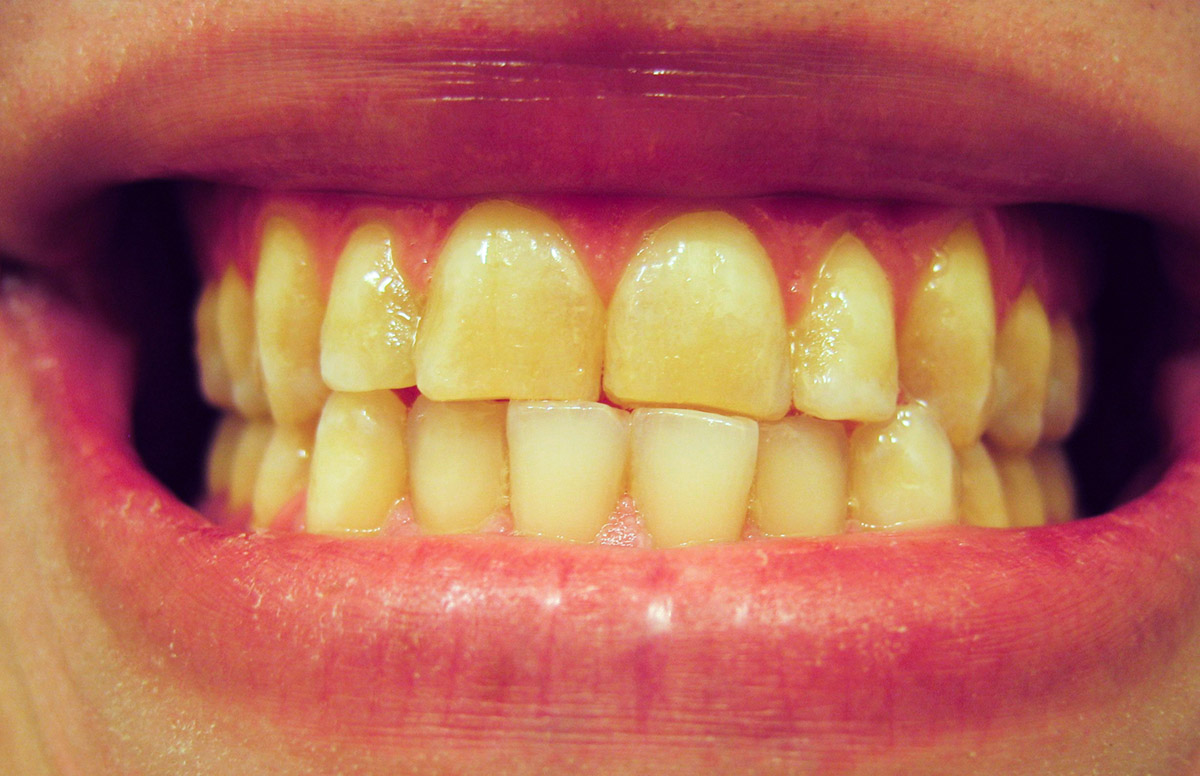
What Is Bruxism?
Bruxism is a condition characterized by clenching or grinding of the teeth. Most patients suffering from bruxism clench and grind their teeth without being aware of the problem. Bruxism may occur during the day and at night. Sleep-related bruxism is much more serious problem since it is harder to control.
The cause of bruxism has not been fully understood yet. It seems that every day stress has something to do with the condition. Bruxism may cause certain problems such as pain and in some cases clenching and grinding of the teeth is asymptomatic. There are certain factors which determine whether the condition will be associated with specific problems or not. They include the amount of stress one is exposed to, how long the condition has been lasting for, any abnormality in alignment of the teeth, patient's posture, diet and sleeping habits.
Bruxism - Clinical Characteristics
People who sleep near or next to the child suffering from bruxism commonly complain about clenching and grinding while the very patients may experience myofacial pain and craniomaxillofacial musculoskeletal pain. Furthermore, the condition leads to temporomandibular disorders, orofacial pain, fibromyalgia and chronic fatigue spectrum disorders. Bruxism typically leads to tooth wear, tooth mobility, hypertrophy of masticatory muscles and tender joints. There are several more complaints such as head and neck pain, oral infection, tooth sensitivity etc.
Treatment Approaches for Bruxism in Children
It is estimated that bruxism affects approximately 15% of youngsters and up to 96% of adults. Depending on the severity of bruxism the treatment can be simple or complex. Severe form of the disease is generally hard to treat and the very prognosis is not so bright.
Children suffering from bruxism are treated with observation and reassurance. Fortunately, in majority of cases the condition withdraws spontaneously as the child becomes older. The goal of the treatment is reduction of pain and prevention of further damage to teeth and surrounding structures. Physical therapy may be very effective and restore a normal balance to the action of both muscles and joints of the head. Massage of the painful area can be beneficial as well. One should learn how to relax properly. Splints can be very effective against clenching and grinding. Still, in some patients the problems disappears when splints are used while they return once the device is stopped being used. Biofeedback devices and some alternative therapies are also used with children suffering from bruxism. And finally, some children may need orthodontic adjustment and only in severe cases the person may require surgery.



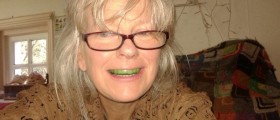
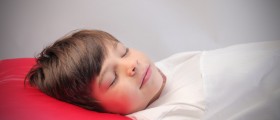
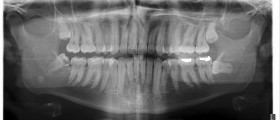
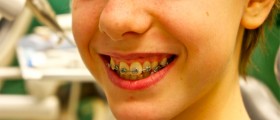
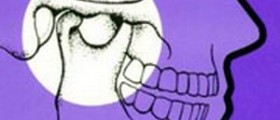
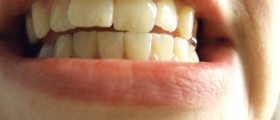
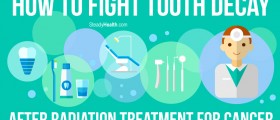
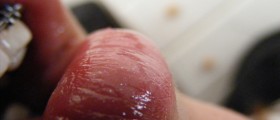
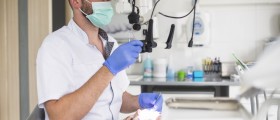
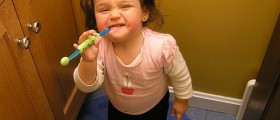
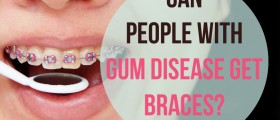
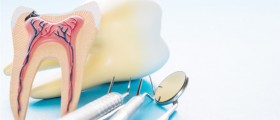
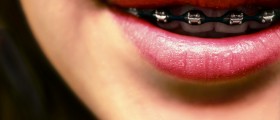
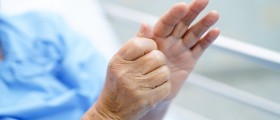
Your thoughts on this
Loading...